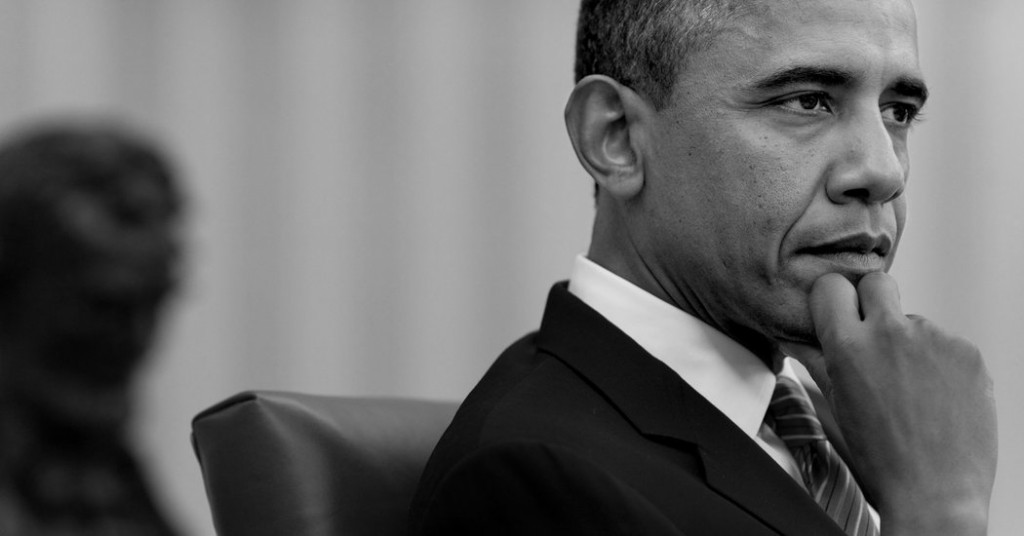An essay by a grassroots organizer, whose group who sprung into action, providing direct relief to those affected by the freeze that brought Texas to a standstill, and a biting examination of the lessons learned from the absence of a state response to the disaster.

by: Doug Greco
We knew something was brewing. On Valentine’s Day, the night before the storm hit, I rushed into a liquor store and was encountered by an angry cashier who hoped to make it home early. I wanted a bottle of Scotch, thinking we would have to hunker down for a day or two. Texas doesn’t deal with ice that often, so I figured our cities would surely be shutting down.
The next day, President’s Day, the power went out across Austin and the state, for millions of customers. Power plants of all types froze, and because most of Texas has a self-contained energy grid, critical shortages statewide forced mass outages. I didn’t lose power because I lived across from a nursing home which most likely spared my neighborhood from an automatic shutdown, so I invited a few friends who had lost power to stay with me. The focus those first few days was getting the most vulnerable to safety. Seeing as I owned a four wheel drive Jeep, I offered as many rides as I could to shelters with power to folks in my personal and church networks.
Austin was hit with a double punch. A power outage forced the cities’ primary water treatment plant to shut down. The backup power source had a 52-year old gear switch, which no one knew how to operate. This built-in redundancy failed, cutting off almost half of the city’s water production, and reserve water supplies drained out because of broken water mains and pipes. Most of us in Austin were without water from that Thursday through to the weekend. Many had neither power or water.
I’m Lead Organizer with Central Texas Interfaith, the local affiliate of the Industrial Areas Foundation, the nation’s largest network of faith and community based organizations. By mid-week our Texas IAF Network decided to call out our Governor, Greg Abbott, urging him to release state funds for direct assistance, call on FEMA to do the same, and get power and water up and running. We held a press conference on that Thursday, its occurrence receiving a smattering of local and national coverage.
With the dual power and water outages in Austin, things in the city had worsened by Friday. My organization was one of many nonprofits, religious groups, and unions that sprung into action to provide direct relief of food and water. In the absence of a strong state response, a patchwork system of food and water delivery popped up, led by our local governments and nonprofits. Throughout our efforts, I witnessed no state presence on the ground providing relief, and the FEMA water that was supposed to arrive Friday, didn’t until later in the weekend. Ideally, Governor Abbott should have mobilized the Texas National Guard to commandeer and take command of the humanitarian relief efforts, yet instead, local government officials scrambled to procure scattered pallets of water until federal provisions arrived.
By Sunday we had begun reaching out to the media to shed light on the situation. Washington Post Reporter Arelis Hernandez tagged along with me and Central Texas Interfaith leaders for a day delivering water to mobile home and trailer parks in the city. We were tipped off by a local mutual aid group to a dilapidated trailer park tucked away in gentrified South Austin next to a popular brewpub. The mobile home park residents were shocked to learn the rest of the neighborhood had water and they didn’t. Hernandez’s article, “The power is back, but millions of Texans wonder what it will take to fully recover, and who will help them,” chronicles the lives of those we visited.
While the first week of the storm affected most communities equally, if not randomly, the second and third weeks revealed great disparities. In contrast to the rest of Austin which was back online, hundreds of apartment complexes and mobile home parks, mostly low-income, still didn’t have water because of systemic burst pipes, and weak overall infrastructure. Many community organizations, like ours, continued food and water delivery in collaboration with county and city officials.
Our state network has developed a teaching session on how deregulation, disinvestment, and political cronyism resulted in the statewide meltdown of Texas’ systems. Central Texas Interfaith-IAF plans on also getting to the bottom of why the state largely abdicated the humanitarian response to local governments and nonprofits. When lives are at stake, we need to treat direct relief and rebuilding as public goods, coordinated and delivered by a strong public sector.
As I write this I received an email from a community member alerting me to a low-income apartment complex in East Austin still without gas three weeks after the storm. The entire complex has no way to cook except for electric fryers and grills. We reached out to determine what mix of direct relief and advocacy we can work with them on, but Central Texas families and communities should be backed by a strong state strategy to rebuild after a disaster like the Texas blackout. Because of that, our long-term focus will be on building the type of broad-based political power to ensure that Texas doesn’t experience the same type of power failure, both electrical and political, in the future.
Doug Greco is a political organizer and writer living in Austin, Texas. He is the Lead Organizer of Central Texas Interfaith-IAF and has been published in Across The Margin and Frontiers Magazine. He holds a Master in Public Policy from Princeton and Master of Professional Writing from USC.





